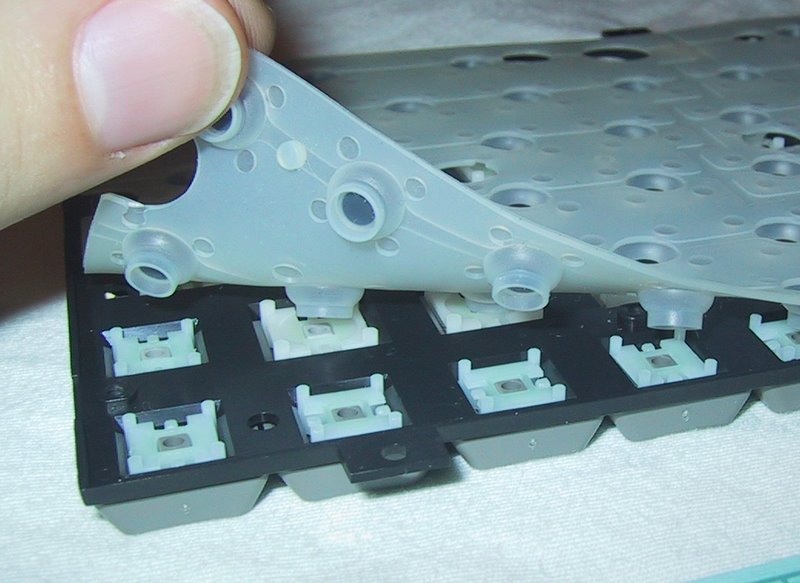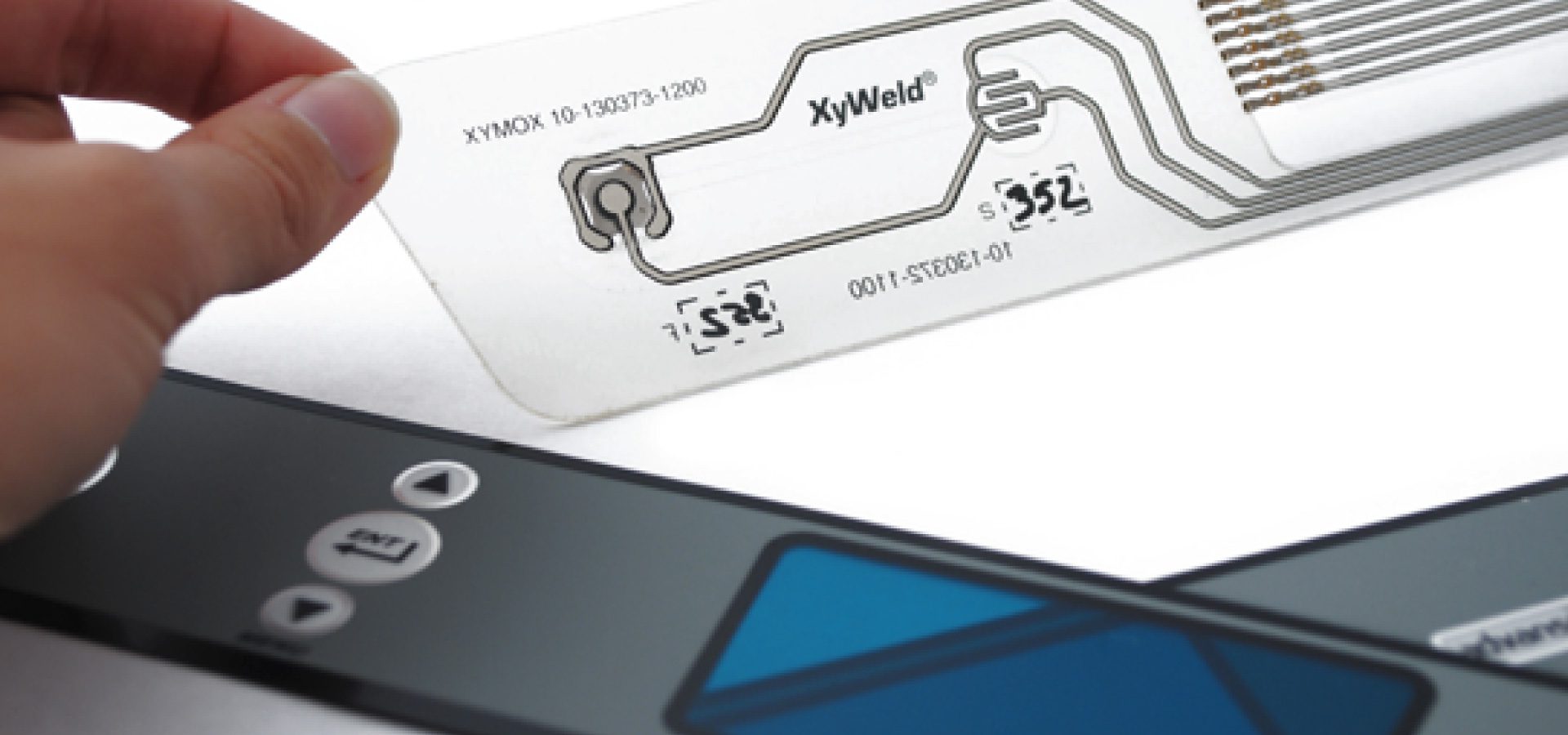How Membrane Switches Are Used in Medical Devices and Equipment
Comprehending the Relevance of Membrane Switches in Interface
Membrane buttons are integral elements in the style of reliable user interfaces, helping with not just performance however additionally boosting aesthetic appeal and individual communication. As we discover the numerous advantages and future fads associated with Membrane innovation, it ends up being clear that these buttons are extra than simply components; they represent a merging of development and practicality.
What Are Membrane Buttons?

The spacer layer, which consists of sticky buildings, enables the separation of the circuit layer from the overlay, making certain that the button stays in a non-activated state up until pressed. When stress is put on the overlay, it compresses the spacer layer, bridging the void and finishing the circuit in the underlying layer. This design not just lowers the physical room needed for conventional mechanical switches yet likewise boosts the toughness of the tool, as Membrane switches are typically resistant to dirt, wetness, and various other ecological elements.
Commonly found in applications ranging from customer electronics to medical gadgets, Membrane buttons are essential to modern innovation, providing a reliable and user-friendly interface that straightens with contemporary layout requirements.
Benefits of Membrane Buttons
While numerous switch technologies exist, Membrane Switches offer distinctive advantages that make them especially desirable in different applications. Among the primary advantages of Membrane buttons is their small layout, which enables space-saving applications in devices where genuine estate is restricted. Their thin profile not just enhances aesthetic allure but likewise facilitates lightweight building and construction.
Another considerable benefit is their resistance to environmental elements. Membrane buttons are usually secured versus moisture, dust, and impurities, making them ideal for use in requiring settings, such as clinical devices and commercial tools. This resilience prolongs the life expectancy of the button, reducing maintenance costs and improving dependability.
In addition, Membrane switches can be customized to satisfy certain layout needs, including unique graphics and colors that enhance user interaction. Their tactile comments alternatives can likewise be customized to give a satisfying user experience. Additionally, Membrane switches are cost-effective, particularly in high-volume applications, as they can be produced efficiently.
Applications in Numerous Industries

In the customer electronics field, Membrane switches are widespread in gadgets such as microwaves, washing equipments, and push-button controls. Their tactile responses and visual options boost individual experience while providing a smooth, modern appearance. Additionally, auto makers utilize Membrane switches in dashboard controls and infotainment systems, where area is limited, and individual involvement is crucial.
In addition, the industrial field leverages Membrane buttons in control panels for machinery and devices, permitting instinctive operation in frequently severe environments. Their resistance to chemicals and moisture guarantees long great site life and reliability in these applications. In general, the adaptability of Membrane Switches contributes dramatically to their prevalent use, making them indispensable in various technical domain names.
Layout Factors To Consider for Membrane Switches

When making Membrane buttons, several essential factors to consider need to be thought about to ensure ideal functionality and individual experience. The selection of products is essential; picking sturdy, high-quality substrates can boost the button's long life and resistance to ecological variables such as dampness and temperature level fluctuations.
Second of all, the layout of the visuals overlay must focus on clearness and simplicity of use. Icons and message need to be readable, and the design ought to help with intuitive interaction (membrane switches). In addition, responsive comments is vital; integrating a tactile dome or various other systems can improve the user experience by giving physical verification of activation
One more essential element is the switch's electric performance. Developers need to make sure that the conductive traces are appropriately developed to minimize resistance and stay clear of signal interference. This entails examining the required actuation pressure and making sure compatibility with the electronic parts they will user interface with.

Future Patterns in Membrane Innovation
As technology proceeds to advance, Membrane switches are positioned to evolve dramatically, driven by developments in products and manufacturing strategies. One emerging pattern is the unification of sophisticated products, such as flexible substrates and conductive inks, which boost sturdiness and reduce the general weight of Membrane buttons. These materials not just boost the tactile action yet also enable the layout of switches that can endure harsher ecological problems.
Moreover, the integration of touch-sensitive innovations is changing typical Membrane Switches into more interactive customer interfaces. Capacitive touch sensing redirected here units embedded within Membrane switch panels can offer an extra receptive and intuitive customer experience, straightening with the growing demand for sleek, contemporary styles in customer electronic devices.
In addition, advancements in printing techniques, such as digital and 3D printing, enable fast prototyping and customization of Membrane buttons. This flexibility allows manufacturers to respond faster to market needs and consumer preferences.
Finally, sustainability is ending up being a considerable focus, with producers checking out environmentally friendly materials and processes. As these trends unravel, the future of Membrane modern technology assures improved performance, aesthetic appeal, and environmental responsibility, strengthening their duty in sophisticated interface throughout numerous markets.
Final Thought
In final thought, Membrane Switches stand for a crucial element in the design of interface, incorporating capability with visual versatility. Their advantages, consisting of longevity and resistance to ecological variables, make them ideal for diverse applications across various markets. Furthermore, thoughtful design considerations enhance customer communication and experience. As advancements in modern technology continue, the development of Membrane switches is anticipated to further fine-tune customer interfaces, driving development and improving usability in a significantly intricate technological landscape.
Membrane switches are important parts in the style of reliable user interfaces, promoting not only performance yet also improving visual allure and user interaction.Membrane Switches serve as an important element in various individual interfaces, assisting in a smooth interaction between individuals and digital tools.While numerous switch innovations exist, Membrane Switches deal distinct advantages that make them particularly desirable in different applications.In addition, Membrane switches can be customized to satisfy certain layout needs, including unique find out this here graphics and colors that enhance user interaction.In final thought, Membrane Switches represent an important component in the layout of customer interfaces, integrating performance with visual flexibility.